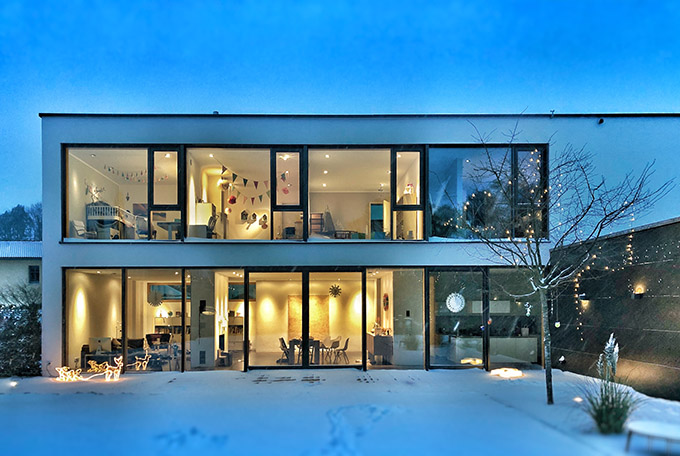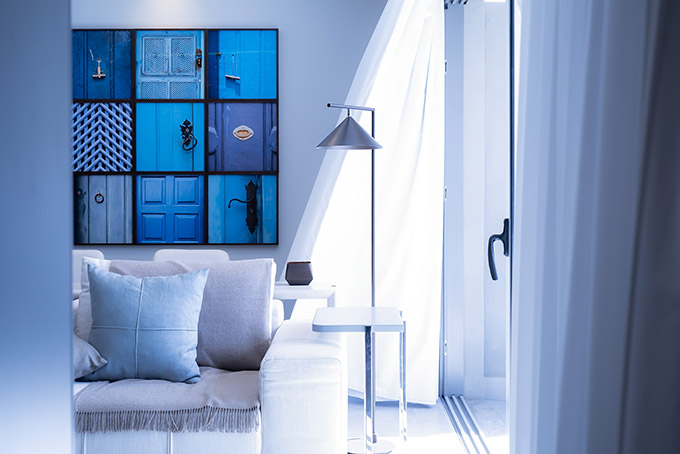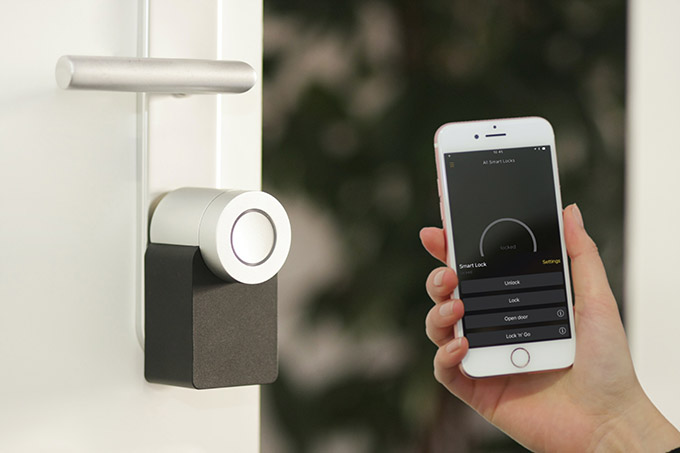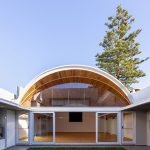
There’s no question that the internet is changing every aspect of our lives. It should therefore come as no surprise that it’s also impacting the way we design and build our homes.
Specifically, the internet has made it so that smart home functionality is becoming a design staple, something you must account for when you’re creating a space for your clients.
This is because a functional smart home, one that really helps people live more efficient, comfortable lives, needs to not only be equipped with the best internet connection possible but also the right infrastructure and design concepts.
The specific needs of each home will vary, but you can make sure to address them by understanding what it is people want out of a smart home and the challenges they face. Successfully incorporating these ideas into a design will really help set the home apart, which is one of the primary goals of any design work we do.
The Smart Home Features People Want
Smart home technology is rapidly growing, meaning it will continue to be what customers demand for the foreseeable future.
However, to successfully incorporate smart home functionality into design, it’s important to know what people want from this type of technology.

Security
One of the biggest things people want to get out of their smart homes is security. Things such as video doorbells, surveillance systems, alarms, and more are leading the way in security-related tech.
Of course, a lot of this stuff has been around for some time — long before the term “smart home” became a thing — but the growth in the industry means people have access to more advanced systems for much less.
Including design elements, such as lighted front-doors, perches for outdoor cameras, built-in video screens or PA systems, and so on will make it easier for people to take advantage of the many different devices that are currently on the market.
Energy Consumption
As the world starts paying more attention to the climate and embraces sustainability to address the challenges we face, environmental issues are becoming more and more relevant for design, and the rise of smart home technology is helping drive this trend.
This is because one of the most useful ways to use smart home tech is to have it help you conserve energy, as this can translate into big savings on utilities. Thermostats and their corresponding apps can measure consumption and provide recommendations on how to cut back. They can also be programmed to control things in the home such as lights, appliances, heaters, etc., all with the goal of reducing how much energy you use.
Knowing that a desire to reduce energy consumption by using smart home technology is motivating home builders, it’s important to include in the design ways to help people achieve these goals.
Pay close attention to things such as ventilation, natural lighting, window orientation, and more so that you can build things into the home design that help reduce resource use and will make it easier for the homeowners to put their smart home technology to use.

Convenience
Lastly, the next thing people want to get from smart home technology is convenience. The best evidence we have for this is the explosive growth of sales for smart home speakers, such as Amazon Alexa and Google Home sales, over the past few years. They provide a practical way for people to connect many of the digital services they use in the home to make their lives more comfortable and organized.
Smart home tech like this has the ability to make our lives much, much easier, but if it’s installed in a home that has been built with it in mind, it can be even more useful.
Ensuring there are no major barriers that could slow down the WiFi connection in parts of the home, making accommodations for built-in speakers in different rooms, and finding places to place these devices in an elegant and decorative way, among many other things, are all going to help homeowners leverage their smart speaker and other smart home tech to make their lives easier, in which case everybody wins.
Cross-Functionality
Another thing that adds to the convenience benefits of smart home technology is cross-functionality, which means that many different products work together and support one another.
As a designer, there’s not too much you can do to address this specifically, but if you know this is what people want, then it may impact your approach. Knowing that people are thinking about how light and heat elements affect energy consumption, or how they can take measures to help them be more productive or efficient, can help you understand the clients’ frame of mind, which will be key to creating something they will truly love.
The Wave of the Future
The proliferation of the internet over the past thirty years has completely changed our world, and this can be seen in almost every industry, including design. The rapid growth of this technology has forced designers to think in new ways, helping bring on the next era of design while also directly addressing client needs.



